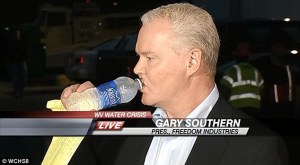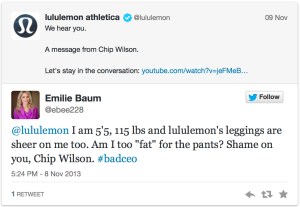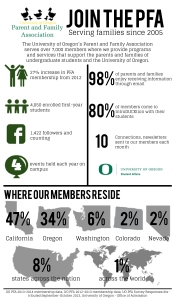In response to this weeks crisis communication, I had to choose one our of five of the worst video media disasters of January and then talk about how I would manage the fallout. I have to say, all of these disasters were pretty bad, this one stood out to me the most.
You never realize how dependent we are on one thing, until you really have to go without it. This was a similar case for West Virginians, except on another level. The West Virginia Chemical Leak awoke about 300,000 people in Charleston woke up to learn that their tap water was unsafe to brush their teeth, shower, wash dishes or to drink out of due to 5,000 gallons of industrial chemical used in coal seeped into the Elk River. This caused schools and restaurants to close, and didn’t allow hotels to make reservations. You can imagine the chaos that it brought to the citizens. Bottled water at stores were quickly gone and traffic occurred when drivers waited in line for jugs of water to be filled by the National Guard.
The biggest issue? Major Danny Jones of Charleston said that no one in authority would know how long it would be before the water supply was safe to drink again.

Source: Mr. Media Training
And what makes things worse? West Virginia’s Freedom Industries, the company responsible for the chemical spill, Gary Southern, the president of Freedom Industries, drank a bottled water during a press conference regarding the issue that was a disaster along a brief statement.
You might think, why is drinking a bottled water such a big deal? During the press conference, there were still 300,000 people without potable water. This was like a slap in the face for community members. Not only that, five minutes into the interview, Southern got frustrated, stated that the press conference was over and walked away.
Originally, Gary Southern refused to hold a press conference, if I had to manage this disaster, I would remind Gary the importance of telling the public and community what is going on and how they are going to fix it. Although, they may not have had a solution right away, Southern could have at least eased the public by apologizing and confirming that they would continue to fix the issue and let them know when it would be safe to use or consume the water again.
As far as, abruptly ending the press conference, I would have answered some more questions that reporters had even if I didn’t know the answers to some of them. It should be expected that questions from reports are going to be hard and demanding, but instead of getting frustrated and leaving I would have calmly answered questions to the best of my ability or to the extent of which the public should know. It is interesting to see how opinion leaders or those in the publics eye respond to criticism and how they deal with crises, not everyone can stay as calm and collective as they think.












